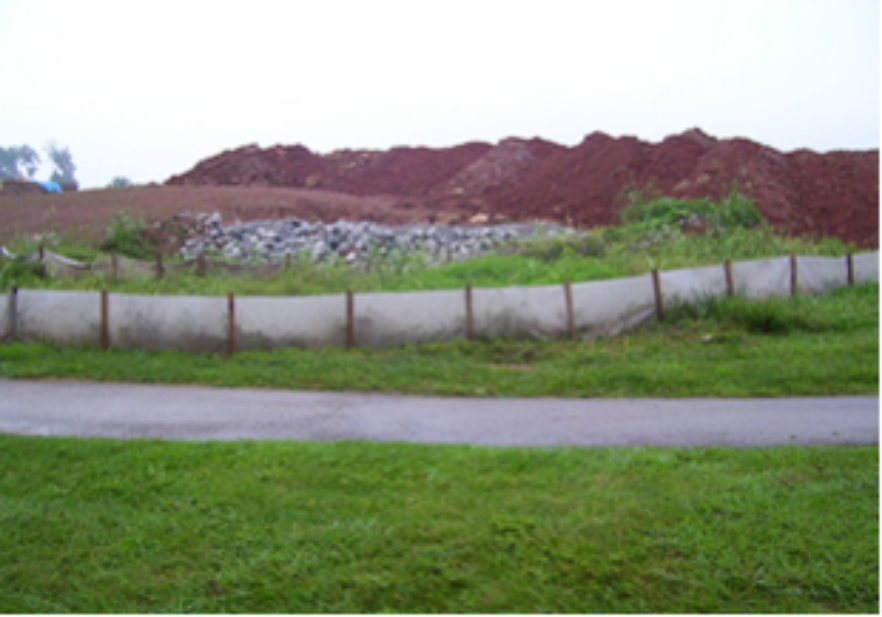Flo-Water EZ-2 Step
UnderGround Infrastructure Protection
EZ-Flo w/ Curb -Installed 3-27-2020 -Maintenance every 3 months -Storm Grate never removed
• Simple Install & Maintenance
• Stop Sediment, Trash, Debris, and more.
Flo-Water Step 1: EZ-Flo w/ curb & overflow
Magnets atop of Storm Grate & Curb
Place atop of storm grate. The magnets, and Flo-Strips seal the fabric to the face of the Storm Grate.
Inspect monthly. When maintenance is needed, simply remove from grate by lifting, and clean off sediment, trash, debris, and more.
Backwashing will extend life of the EZ-Flo.
Foster Efficient Municipal StormWater Inspections
When EZ-Flo is filling up too quickly, then inspection upstream will pinpoint the problem areas, enabling corrections. Simplifying cities inspection processes following rain events. Use the Storm Drain Systems to keep upstream BMP’s correctly in place and operating efficiently.
Flo-Water Step 2: EZ-Catch
EZ-Catch UnderGrate Inlet Protection installed below grate. Normal Maintenance performed annually.
Combine the EZ-Catch UNDER the Storm Grate, with the EZ-Flo (w/ overflow) ABOVE of the Storm Grate. Only the huge rain events, failed upstream BMP’s, or no maintenance being performed would enable unfiltered water to pass through the EZ-Catch.
Flo-Water 2-Step Video (Auburn University) https://www.flo-water.net/videos/2020/8/3/nep1kjp54288i7umem9f2vaydukuhe
Flo-Water EZ-2 Step
UnderGround Infrastructure Protection
Construction Site Best Management Practices
We all need to applaud the BMP movement on erosion control. Minimizing erosion enables the reduction of sediment when the wattles, sediment logs, silt fence, basins, hydromulch, erosion blankets, transition mats, vegetation, etc. are professionally installed & maintained. These dollars being spent are necessary and beneficial. However, when the BMP's fail, or when the storms overtake the BMP's, wouldn't it make sense to have a safety net? Combining the two yields most for all. Simplify Inspection.
Non-Construction StormDrain Protection
Money is currently being spent dredging wetland & lowland areas, cleaning out and repairing underground infrastructures, repairing pump stations, cleaning up Bodies of Water, Remediation, and more. Combine the two worlds. Erosion & Sediment Control. 50/50
We currently spend large amounts of money dealing with the results of sedimentation entering our Underground Infrastructures on their way to our Bodies of Water. Teams of stormwater professionals are being formed to help pinpoint where these problems are, and how to rectify them. Yet, how do we know where to look when it rains? If the Flo-Water 2-Step is in place everywhere, you know where to look. Operating with a map pinpointing any problems upstream, while protecting until the upstream problems are resolved.
Construction Sites: Current inspectors can inspect the inlet following rain events or every two weeks. If it is filling up too quickly the municipalities know where to send their stormwater professional.
Municipal StormDrains: Require the EZ-Flo maintenance every 3 months, and EZ-Catch Maintenance annually.
Proactive solutions to the larger cost sediment events should be the approach. Redirecting the current dollars being spent should enable us to largely cover the costs of implementation, inspection, maintenance, and replacement annually.
“Capturing Sediment on the Go, Enabling Clean Water to Flow!”






